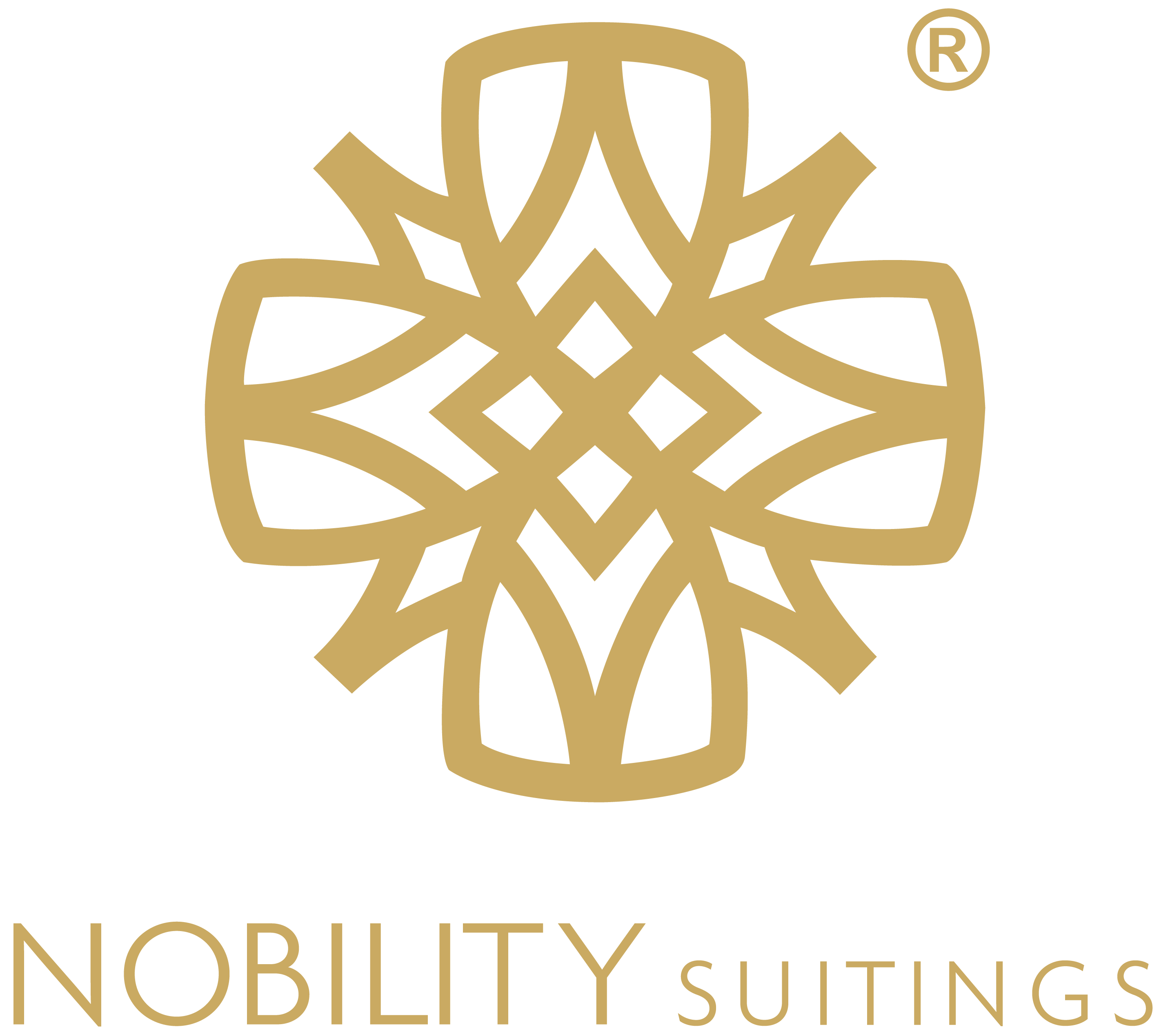Understanding Ready Stock Fabrics in Modern Textile Industry
The textile industry thrives on the availability of ready stock fabric, offering manufacturers and designers immediate access to materials without the lengthy wait times of custom orders. These readily available fabrics form the backbone of fast-fashion and quick-turnaround garment production, enabling businesses to respond swiftly to market demands while maintaining quality and consistency.
Ready stock fabric has revolutionized the way clothing brands and manufacturers operate, providing flexibility and efficiency in production planning. The immediate availability of these materials reduces lead times significantly, allowing businesses to capitalize on emerging fashion trends and meet urgent market needs.
Essential Categories of Ready Stock Textiles
Natural Fiber Ready Stock Materials
Cotton leads the pack in natural fiber ready stock fabrics, with various weaves and weights constantly maintained in inventory. From lightweight cotton voiles to heavy canvas, manufacturers keep these variations readily available due to their consistent demand. Premium cotton varieties like Egyptian and Pima cotton are also frequently stocked to cater to luxury garment producers.
Silk and wool represent the luxury segment of natural ready stock fabrics. While pure silk varieties like chiffon, crepe, and charmeuse are commonly stocked, wool varieties ranging from fine merino to sturdy tweed remain available year-round to support both seasonal and continuous production needs.
Synthetic and Blended Ready Stock Options
Polyester dominates the synthetic ready stock fabric category, offering exceptional durability and versatility. Modern polyester fabrics feature improved breathability and moisture-wicking properties, making them popular choices for athletic wear and everyday clothing. Nylon and rayon follow closely, with various blends and finishes maintained in stock.
Blended fabrics, combining natural and synthetic fibers, represent a significant portion of ready stock materials. Popular blends like poly-cotton, cotton-spandex, and rayon-polyester offer the best of both worlds, providing comfort, durability, and ease of care that modern consumers demand.
Technical Specifications and Variety
Weight and Thickness Options
Ready stock fabric comes in various weights, typically measured in GSM (grams per square meter). Light fabrics ranging from 50-150 GSM suit summer wear and lingerie, while medium-weight materials between 150-300 GSM serve multiple purposes. Heavy fabrics exceeding 300 GSM cater to outerwear and upholstery needs.
Thickness variations in ready stock materials accommodate different end uses. Sheer fabrics maintain popularity in fashion, while substantial materials support structured garments and home textiles. Manufacturers typically maintain diverse thickness options to serve various market segments simultaneously.
Color and Pattern Availability
Solid colors dominate ready stock fabric inventories, with neutral tones and seasonal trending colors consistently available. Basic colors like black, white, and navy remain in high demand year-round, while fashion-forward shades rotate based on market trends.
Printed patterns and designs in ready stock fabric collections range from classic motifs to contemporary prints. Digital printing technology has expanded the variety of available patterns, allowing stockists to maintain diverse design options while managing inventory efficiently.
Market Applications and Usage
Fashion Industry Requirements
The fashion industry relies heavily on ready stock fabric for rapid production cycles. Fast-fashion brands particularly benefit from immediate material availability, enabling quick response to trending styles and consumer demands. Ready-to-wear collections often utilize these materials to maintain competitive pricing while ensuring quality.
Seasonal fashion requirements influence ready stock fabric inventory planning. Suppliers maintain appropriate weights and textures for upcoming seasons, ensuring designers and manufacturers can access suitable materials when needed. This proactive approach supports the fashion industry's time-sensitive nature.
Industrial and Commercial Applications
Beyond fashion, ready stock fabric serves numerous industrial applications. Uniform manufacturers require consistent access to specific materials, while hospitality businesses need regular supplies for linens and upholstery. These commercial applications often involve long-term supply agreements with specific quality requirements.
The automotive and furniture industries also rely on ready stock fabric for their production needs. These sectors require durable, specific-grade materials available on demand to maintain production schedules and meet quality standards.
Frequently Asked Questions
How long does ready stock fabric typically stay in inventory?
Ready stock fabric typically remains in inventory for 3-6 months, depending on demand patterns and seasonal requirements. Popular materials may cycle through inventory more quickly, while specialty fabrics might stay longer to accommodate specific market needs.
What minimum quantities are available for ready stock fabric purchases?
While minimum order quantities vary by supplier, ready stock fabric often allows for smaller purchases compared to custom orders. Common minimums range from 50-100 yards per color or pattern, making it accessible to both small and large businesses.
Can ready stock fabrics be customized with special finishes?
Yes, many suppliers offer additional finishing services for ready stock fabric, including water-repellent treatments, flame retardation, and special coatings. These customizations can typically be applied to existing stock, though minimum quantities may apply.
